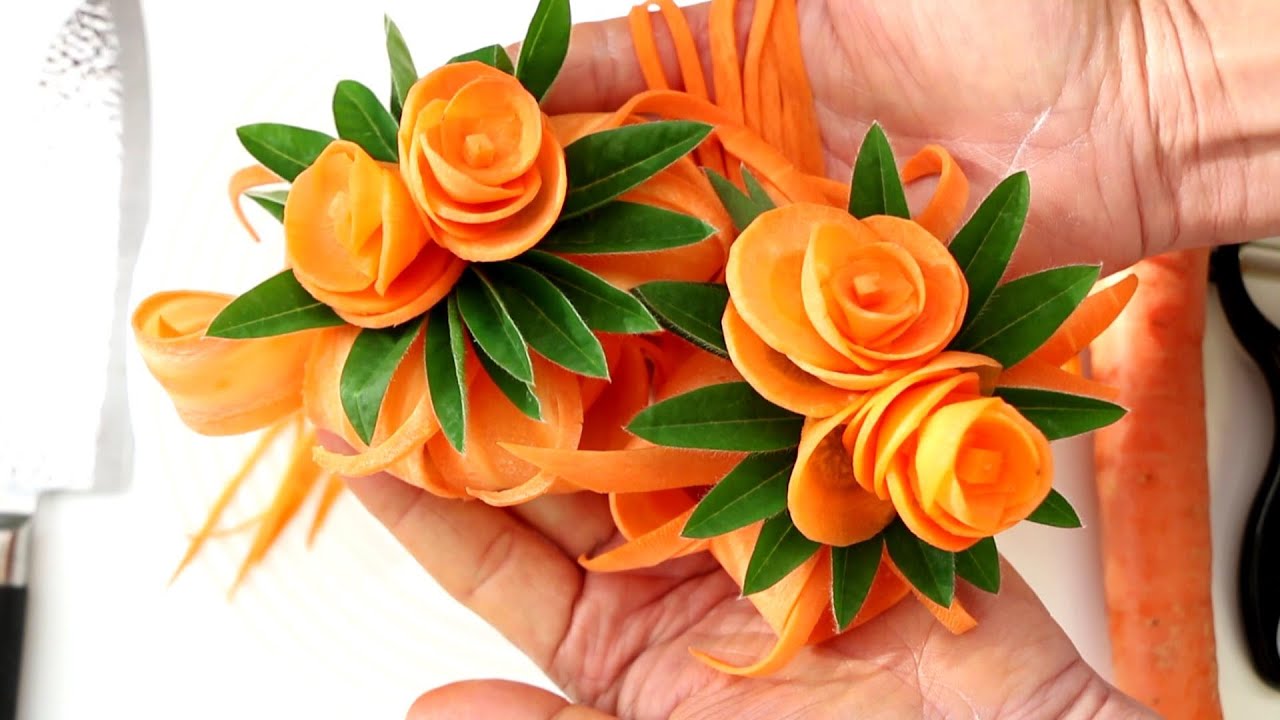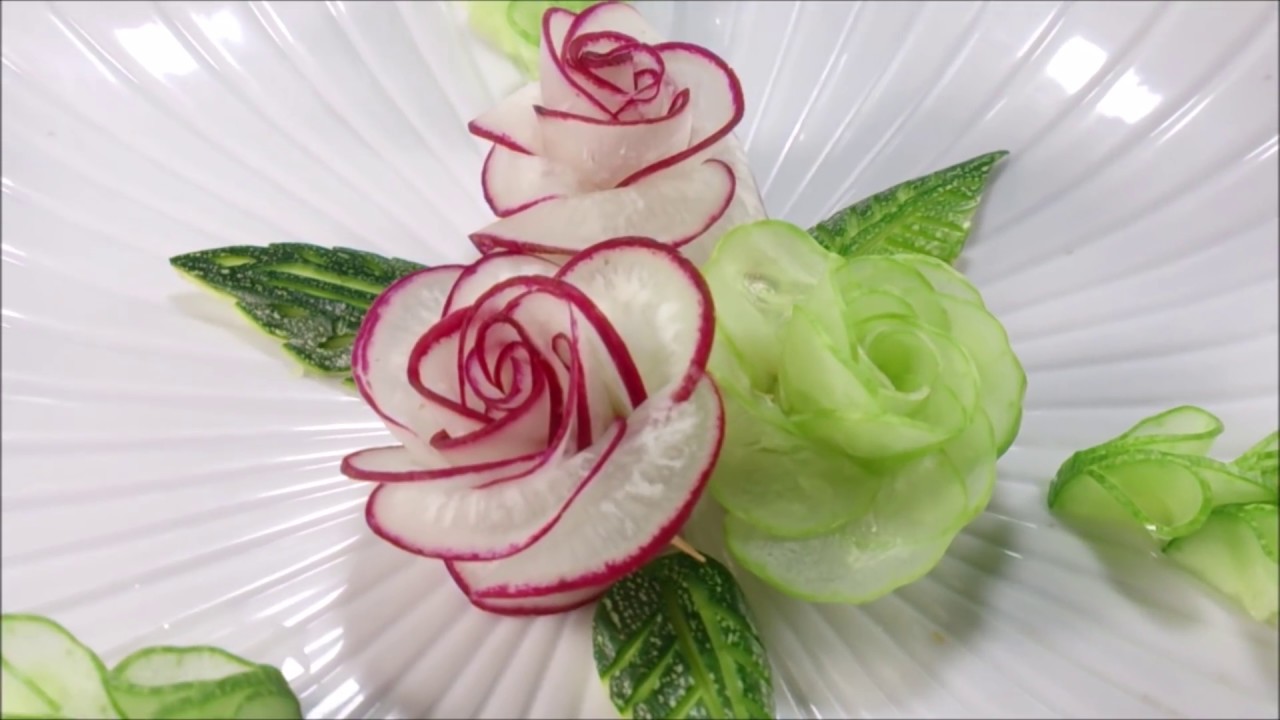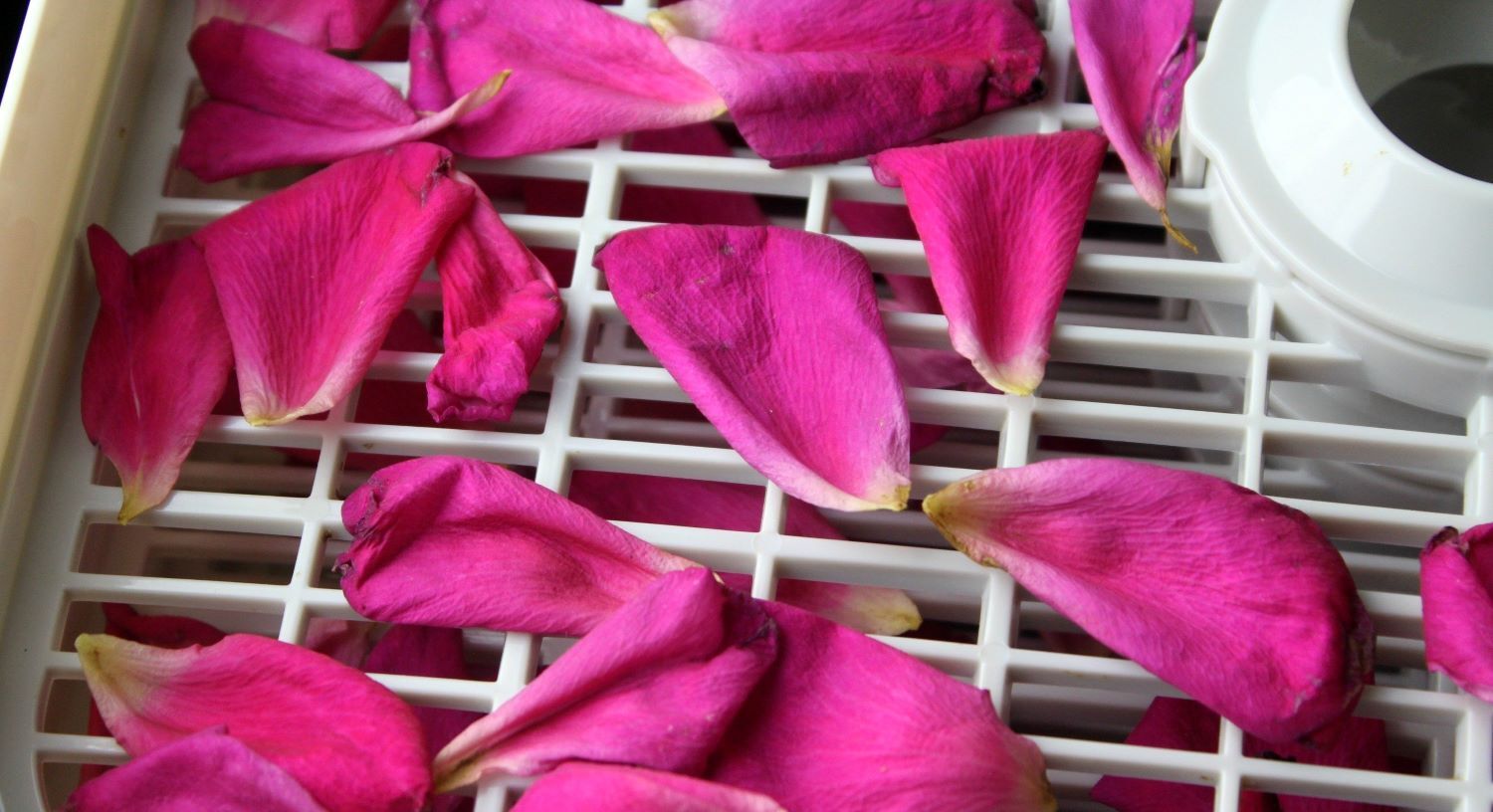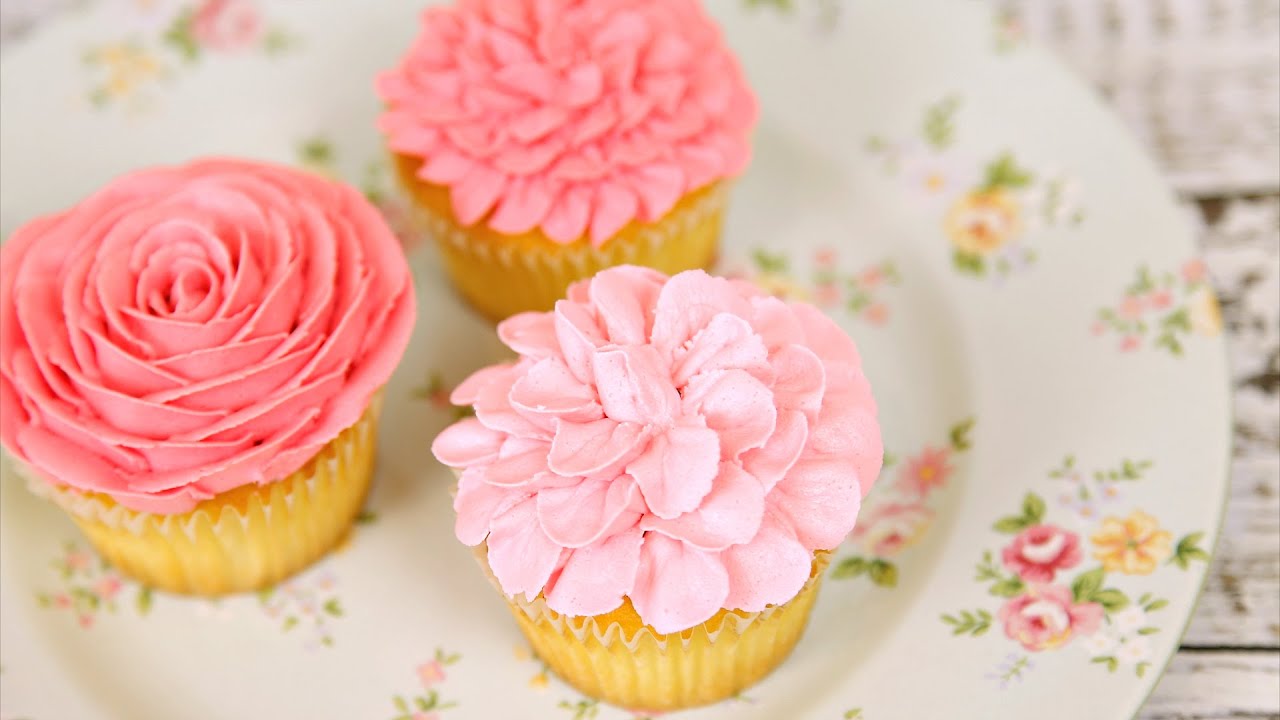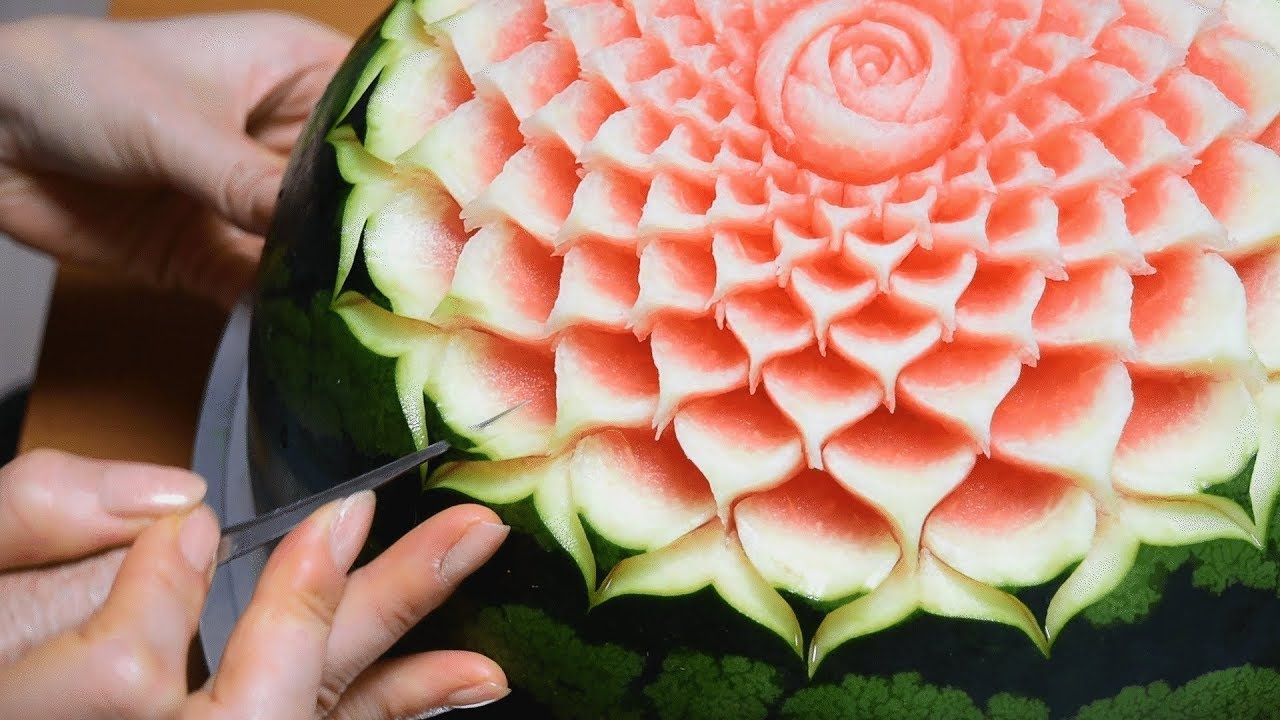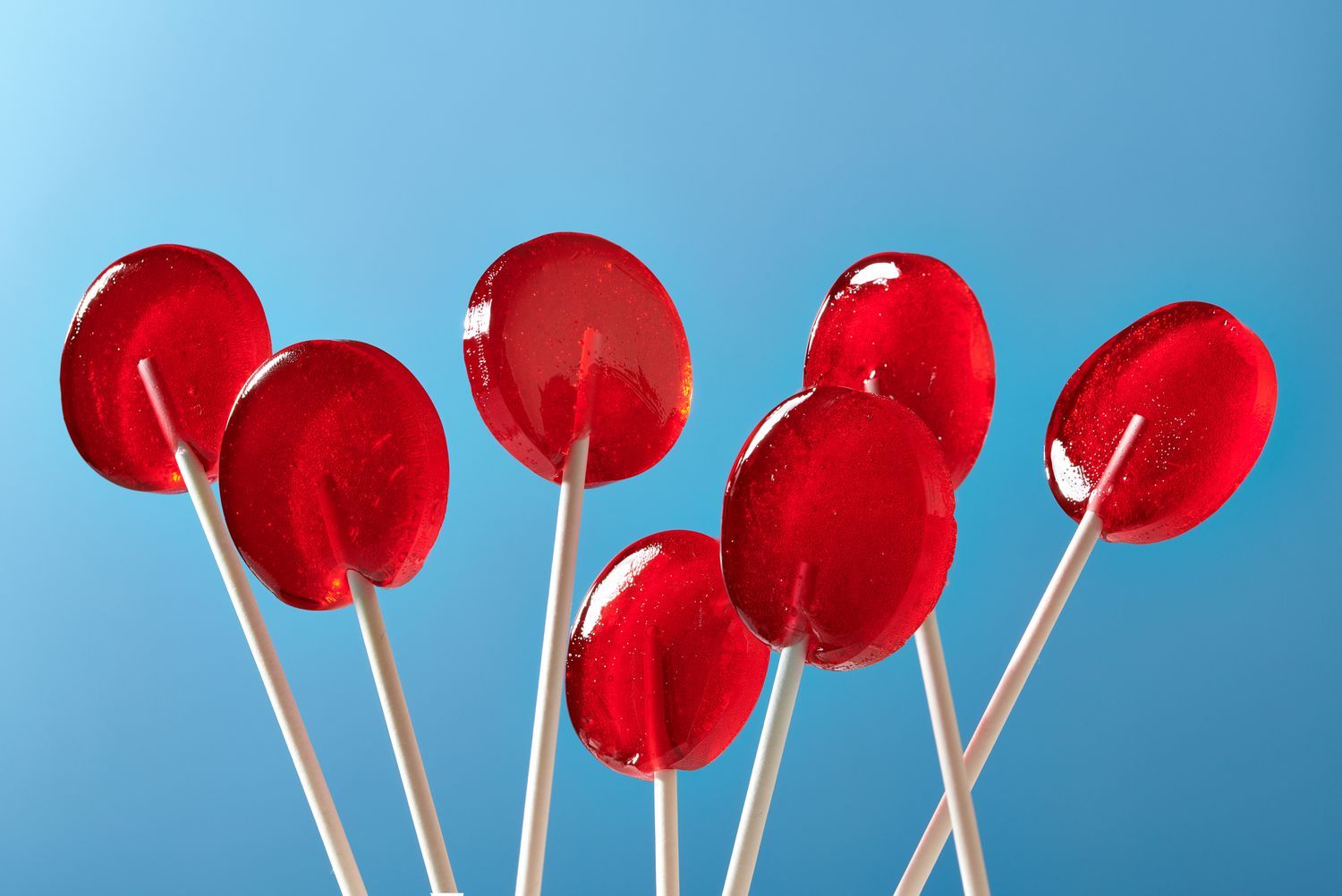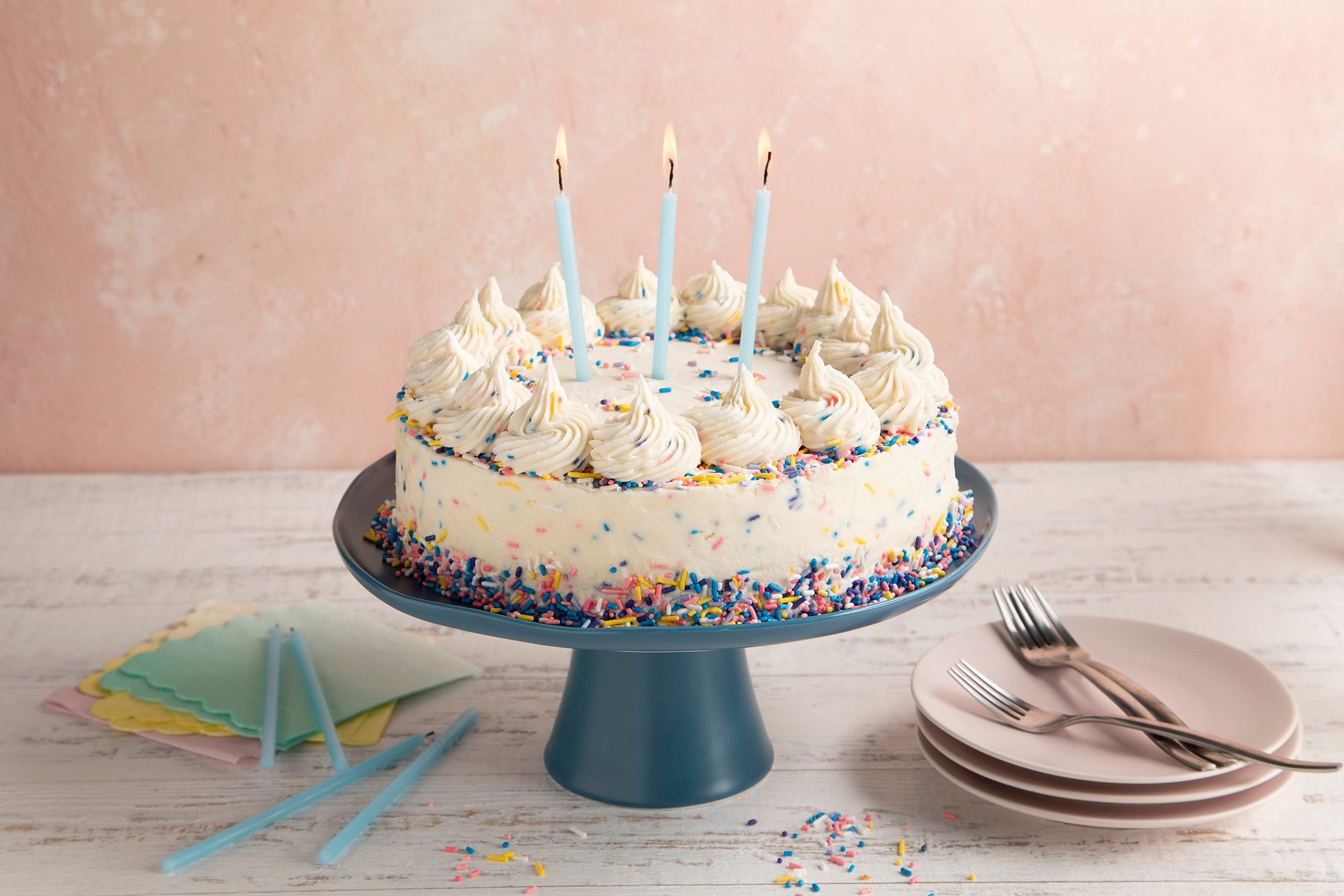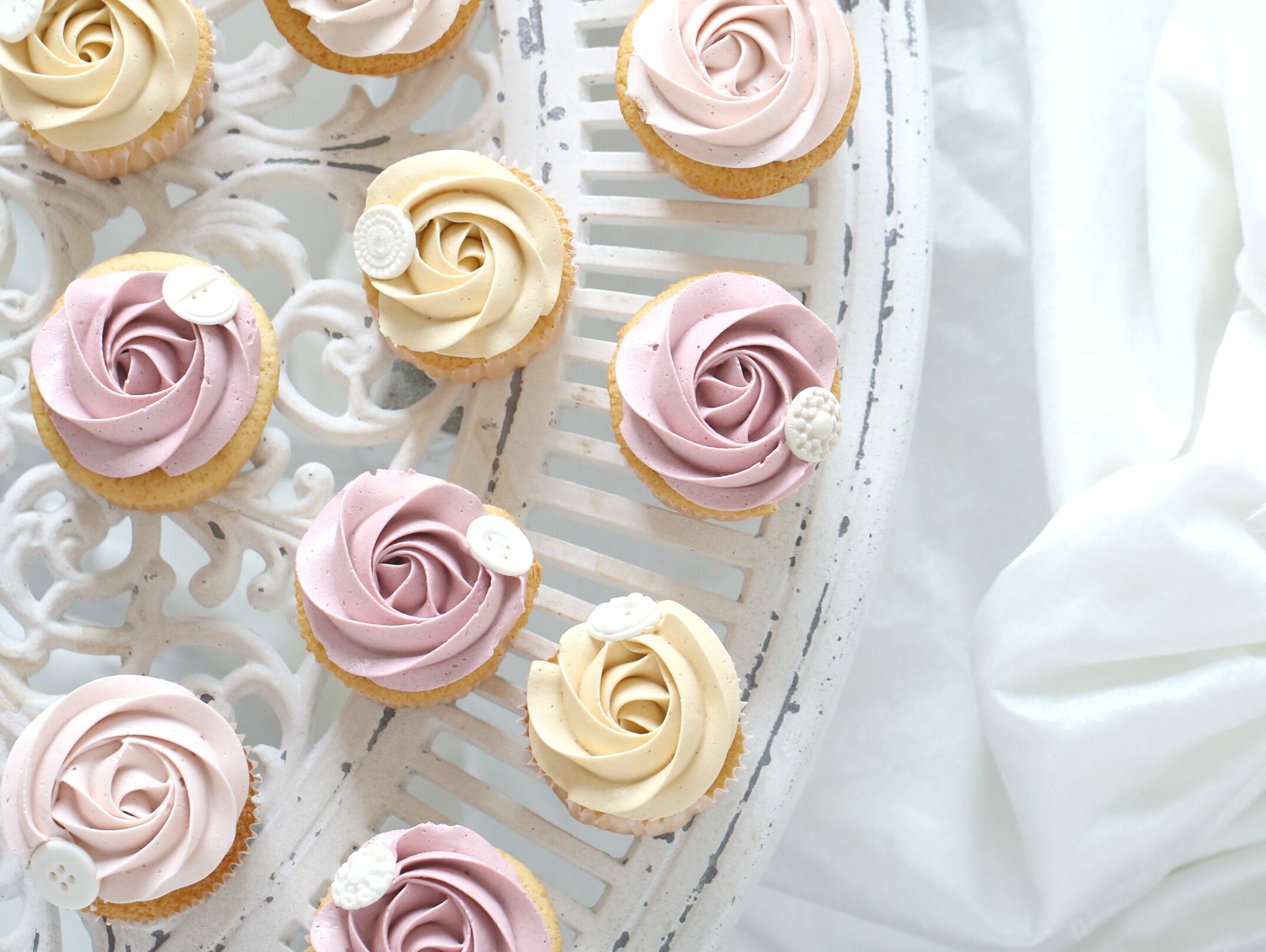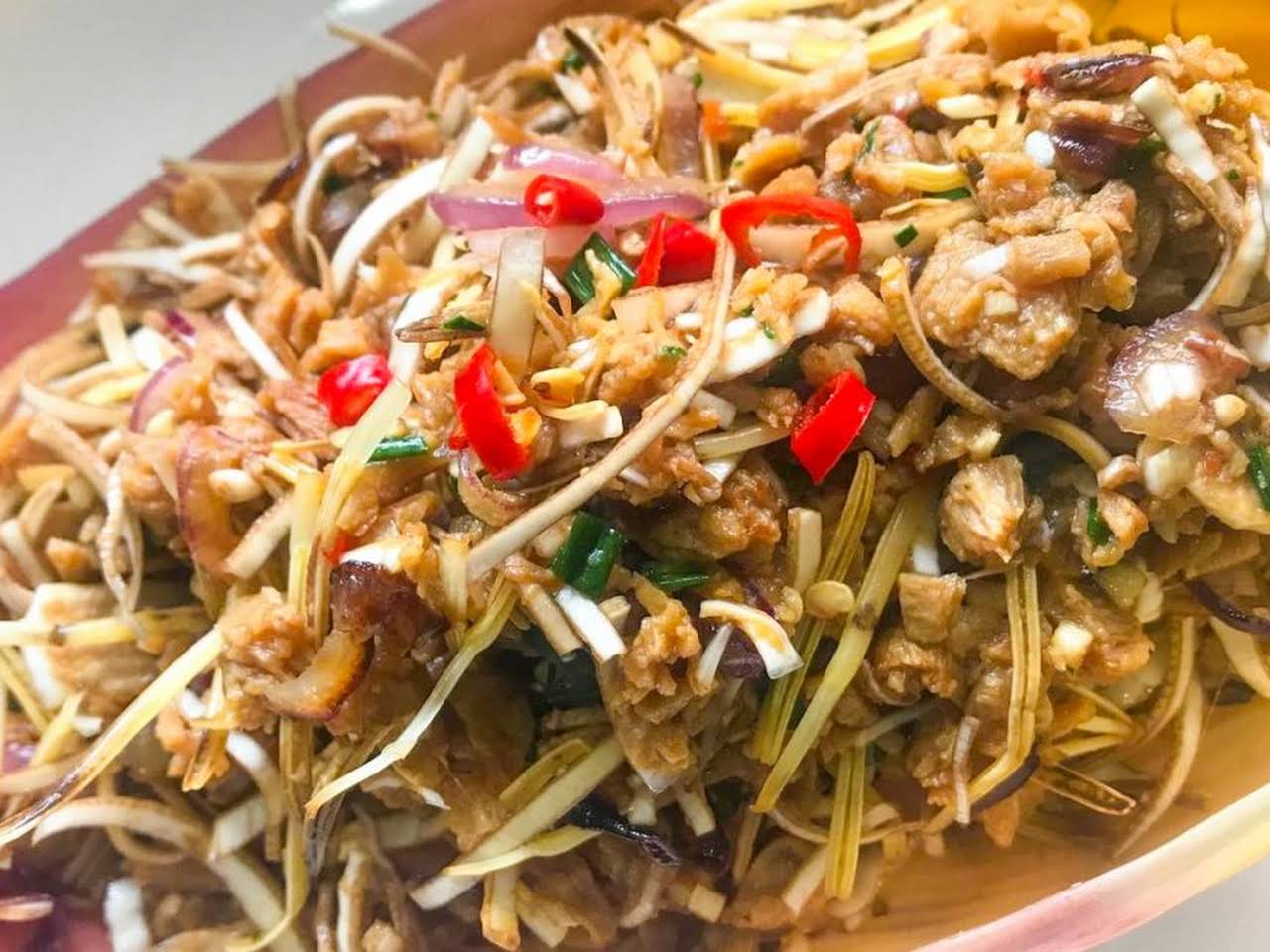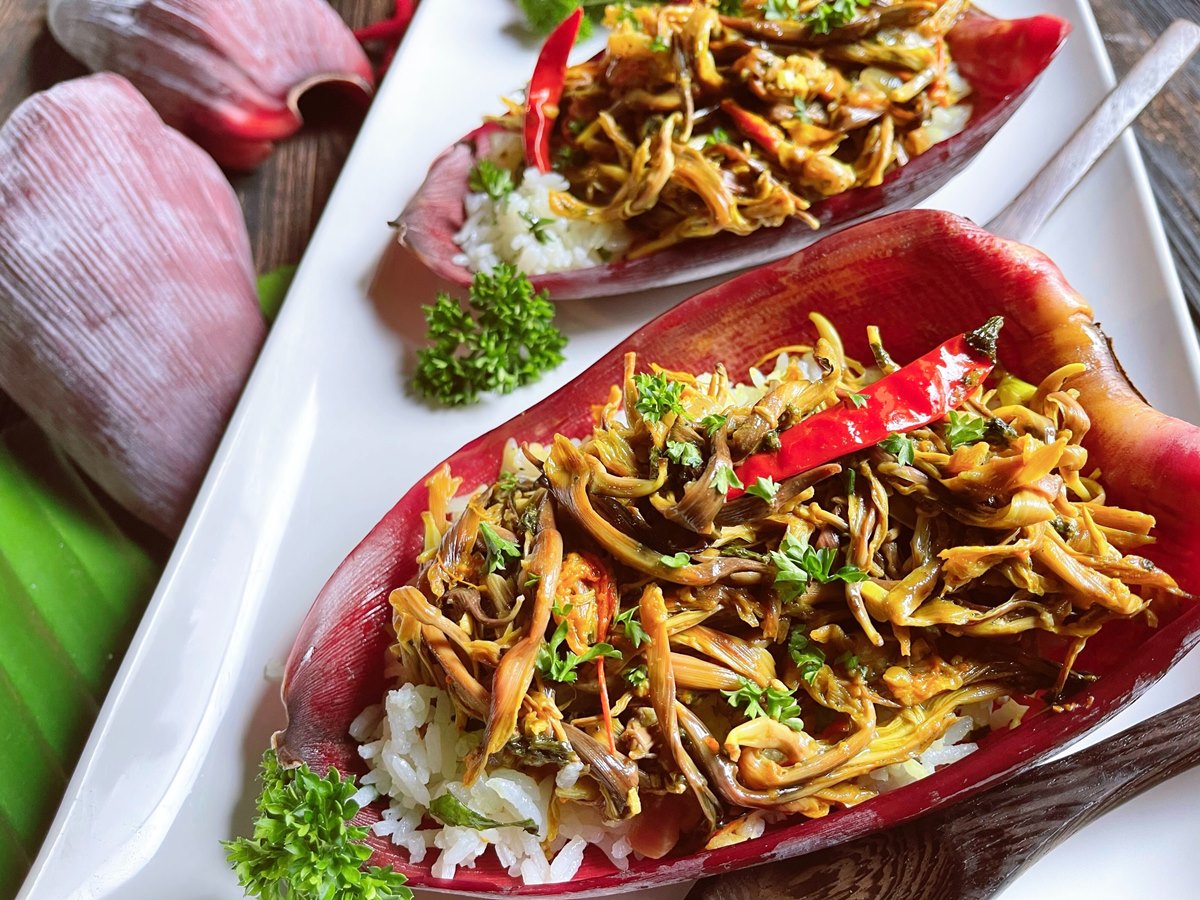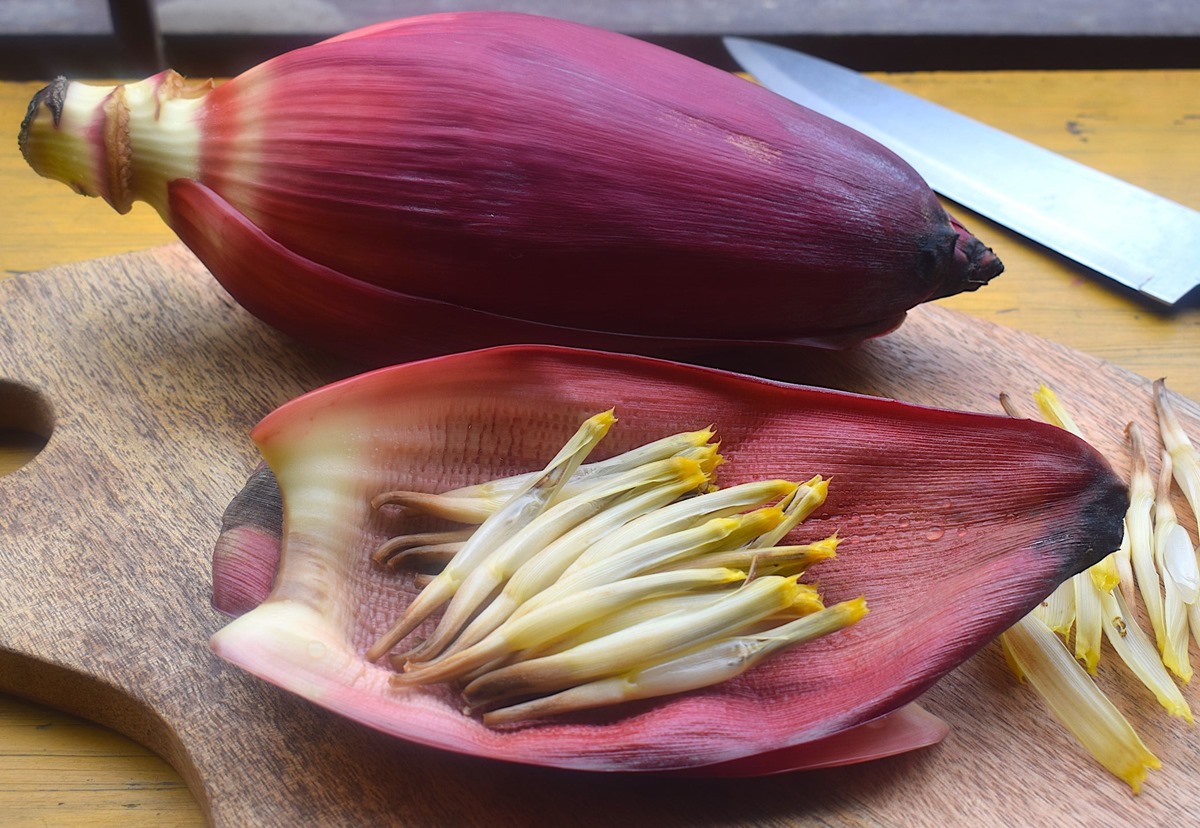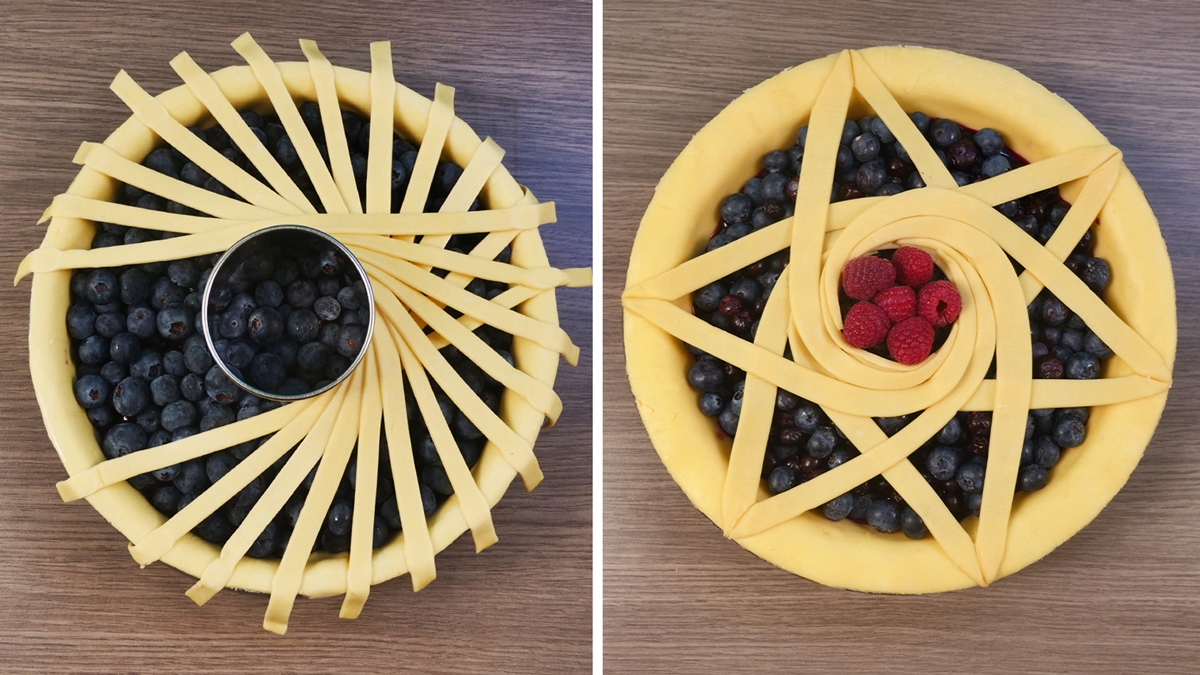Cooking with flower essences adds a unique twist to your dishes, infusing them with delicate flavors and aromas. These natural extracts, derived from blossoms like lavender, rose, and jasmine, can elevate both sweet and savory recipes. Imagine a lavender-infused cake or a rose-scented salad dressing. Flower essences not only enhance taste but also offer potential health benefits, such as calming effects and antioxidants. Whether you're a seasoned chef or a home cook, experimenting with these essences can bring a new dimension to your culinary creations. Ready to explore this fragrant world? Let's dive into the art of cooking with flower essences.
Essential Ingredients for Your Culinary Masterpiece
- Rose water – 1 tablespoon
- Lavender extract – 1/2 teaspoon
- Chamomile flowers – 2 tablespoons, dried
- Orange blossom water – 2 teaspoons
- Edible rose petals – for garnish
- Honey – 3 tablespoons
- Vanilla bean – 1, split and seeds scraped
- Almond milk – 1 cup
- Coconut cream – 1/2 cup
- Chia seeds – 1/4 cup
Tools You Will Need for The Art of Cooking with Flower Essences
Tools Needed for Cooking with Flower Essences
- Measuring spoons: For precise amounts of flower essences.
- Dropper: To add small, controlled drops.
- Mixing bowls: For combining ingredients.
- Whisk: To blend essences into liquids.
- Strainer: To remove any solid particles.
- Glass jars: For storing homemade flower essence blends.
- Labels: To identify different essences.
- Mortar and pestle: For grinding flowers if making your own essences.
- Funnel: To transfer liquids without spilling.
- Sterilized bottles: For storing finished products.
- Notebook: To record recipes and experiments.
- Spatula: For mixing thicker mixtures.
- Small saucepan: For heating mixtures if needed.
- Thermometer: To monitor temperatures during preparation.
- Cheesecloth: For straining homemade essences.
- Spray bottle: For misting flower essence blends.
Flower essences add subtle, aromatic flavors to dishes. Use sparingly in desserts, beverages, and salads. Popular choices include rose, lavender, and orange blossom. Always ensure they are food-grade and pesticide-free.
The Importance of Flower Essences in Cooking
Flower essences add unique flavors to dishes, enhancing the culinary experience. They offer natural aromas and subtle tastes that elevate recipes. Using flower essences connects us to nature's bounty, making meals more vibrant and memorable. They also provide health benefits, adding a nutritious twist to everyday cooking.
Step-by-Step Guide to The Art of Cooking with Flower Essences
Step by Step Guide to The Art of Cooking with Flower Essences
-
Selecting Your Flower Essences
- Research floral essences that complement your dish's flavor profile. Lavender adds a floral, slightly sweet note, perfect for desserts, while rose can elevate both sweet and savory dishes.
- Ensure essences are culinary grade and safe for consumption.
-
Understanding Flavor Pairings
- Pair light floral essences like chamomile or elderflower with delicate dishes such as seafood or light pastries.
- Use stronger essences like hibiscus or jasmine with robust flavors like dark chocolate or spiced meats.
-
Incorporating into Ingredients
- For wet ingredients (e.g., batters, soups), mix essences directly in.
- For dry ingredients (e.g., baking mixes), dilute essences in a small amount of liquid before adding.
-
Adjusting Quantities
- Start with a few drops of essence, tasting and adjusting as you go. Flower essences are potent; a little goes a long way.
- Remember, you can always add more, but you can't remove excess.
-
Balancing Flavors
- Pair sweet floral essences with a hint of acidity (lemon juice or vinegar) to balance sweetness.
- Combine earthy or spicy essences with a touch of sweetness (honey or sugar) to round out flavors.
-
Experimenting with Techniques
- Infuse essences into oils or syrups for versatile applications.
- Create floral ice cubes for a visually stunning and flavorful addition to drinks.
-
Preserving the Essence
- Add flower essences towards the end of the cooking process to preserve their delicate flavors.
- For cold dishes, mix essences in at any stage.
-
Serving Suggestions
- Use floral garnishes that match the essence used in your dish for a cohesive presentation.
- Offer small amounts of pure essence on the side for guests to add according to their taste preference.
-
Storing Flower Essences
- Keep essences in cool, dark places to maintain their potency.
- Label bottles with the date of opening; most essences retain quality for up to a year.
-
Educating Others
- Share your knowledge and creations with friends and family. Cooking with flower essences is not only about flavor but also about creating an experience.
- Encourage others to experiment with their own dishes and flavor combinations.
Bringing Flower Essences into Your Kitchen
Cooking with flower essences can transform your dishes into something extraordinary. These natural extracts add unique flavors and aromas that elevate your culinary creations. Whether you're making a delicate lavender-infused dessert or a savory rose-flavored sauce, flower essences offer endless possibilities.
Remember to use them sparingly. A few drops can make a big difference. Experiment with different combinations to find what works best for your taste buds. Don't be afraid to get creative and try new things.
Incorporating flower essences into your cooking not only enhances the flavor but also adds a touch of elegance. Your friends and family will be impressed by the subtle yet sophisticated taste. So next time you're in the kitchen, consider reaching for a bottle of flower essence. Happy cooking!
Frequently Asked Questions About The Art of Cooking with Flower Essences
Can I use any flower essence in my cooking?
Absolutely! Well, almost. Most flower essences are safe for culinary use, but it's crucial to ensure they're edible and haven't been treated with chemicals. Lavender, rose, and chamomile are popular choices for their delightful flavors and aromas. Always double-check the safety of any essence before adding it to dishes.
How do flower essences affect the taste of a dish?
They bring subtle, yet distinct, flavors and aromas to your cooking. Imagine the gentle hint of rose in a creamy dessert or the light touch of lavender in a refreshing drink. These essences can transform a simple recipe into something truly special, adding layers of flavor that tickle the palate in a unique way.
Are there any health benefits to cooking with flower essences?
Indeed, many flower essences offer health perks alongside their culinary contributions. For instance, lavender is known for its calming properties, while chamomile can aid in digestion. Incorporating these into your meals not only enhances the taste but can also contribute to your overall well-being.
What's the best way to start using flower essences in my cooking?
Start small. A few drops of essence in your baking or drinks can introduce you to the world of floral flavors. Experimenting with recipes that call for mild ingredients will let the essence shine without overwhelming your taste buds. As you get more comfortable, you can play around with different essences and quantities.
Can flower essences be used in both sweet and savory dishes?
You bet! While they're commonly associated with sweets, flower essences can add an intriguing twist to savory dishes as well. A dash of rose essence could elevate a salad dressing, and lavender might just be the secret ingredient your roasted chicken was missing. The key is to balance the floral notes with the dish's other flavors.
How do I store flower essences to maintain their quality?
Keeping them in a cool, dark place is your best bet. Most essences retain their quality best when shielded from direct sunlight and heat, which can degrade their delicate flavors. Properly stored, they can last a long time, ready to infuse your dishes with their unique essence whenever inspiration strikes.
Are there any flower essences that are particularly versatile in cooking?
Lavender and rose are real all-rounders, fitting seamlessly into a wide range of recipes, from baked goods to cocktails and everything in between. Their versatility makes them great starters for anyone looking to explore floral cooking. As you gain confidence, exploring less common essences like elderflower or hibiscus can be a fun way to expand your culinary repertoire.
